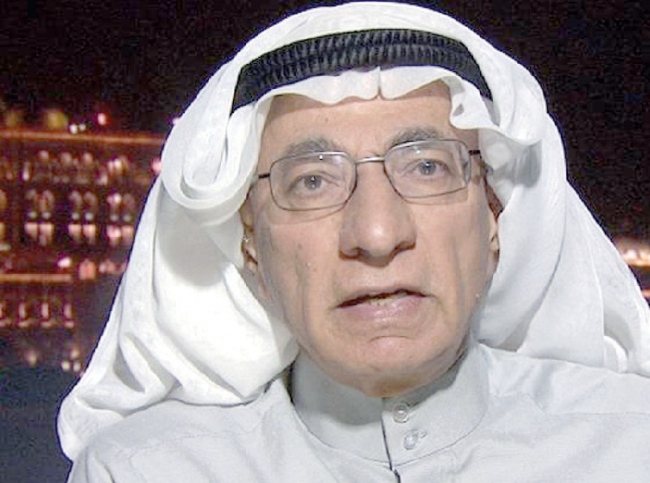01/04/2023
01/04/2023
It seems there is a new trend for crude oil big producers to insure return on investment against secured crude oil market outlets. Saudi Aramco’s recent joint investments with China in petrochemical plants and oil refining are illustrations of securing outlets and financial returns against increasing crude oil production for specific or secured long term outlets. Aramco’s 10 percent investment in Rongsheng Petrochemical at a price of about $4 billion covers 500,000 barrels of daily supply.

Apparently, it is reasonable to secure a market for its crude oil and guarantee return on its investment in the biggest chemical plant in China. Saudi Aramco also agreed to invest in new refinery for the supply of 300,000 barrels of oil. Therefore, it is securing a total of one million barrels. Perhaps, this could be the additional volume to its current supply of 1.7 million barrels per day. It means that Aramco will increase its production limit to 13 million barrels by 2027. Any additional volume looks to be set against secured targets to justify the cost of new investments. Very simple… This is in addition to its concern for the future options of other Arabian Gulf producers, with Iraq targeting 10 million barrels and Abu Dhabi’s five million in the next few years.
Certainly, this is a very wise step on the part of the largest oil country. There is a huge potential for Saudi Arabia to be the biggest exporter of oil to China with further investments in refining and petrochemicals. It is a win-win situation. It is great idea to force other producers to follow the same path, so oil consumers share the same burden and responsibility. They should neither oversupply the market nor be forced to reduce oil prices. It will be more balanced and there is no need for future supply price speculation. Meanwhile, the lack of investments in fossil fuel by international oil companies will prompt the OPEC+ producers to take some drastic measures, considering the limited oil production, in order to meet certain marketing requirements.
Perhaps, the Saudi step is one example, which will prompt others to take a similar action; while avoiding pressure on producers for more oil or free-fl oating oil in the market. Saudi Aramco’s future strategies are good marketing steps. It combines captive markets with investments in consumer markets; thereby, gaining more experience in expanding hydrocarbon activity without being committed to the gasoline retail side. The future looks more set on joint operations among oil producers and consumers on a larger scale. Saudi Aramco is strengthening its ties with China as evident in its investment in the two refineries. Will it be repeated by other oil producers?!
By Kamel Al-Harami
Independent Oil Analyst


